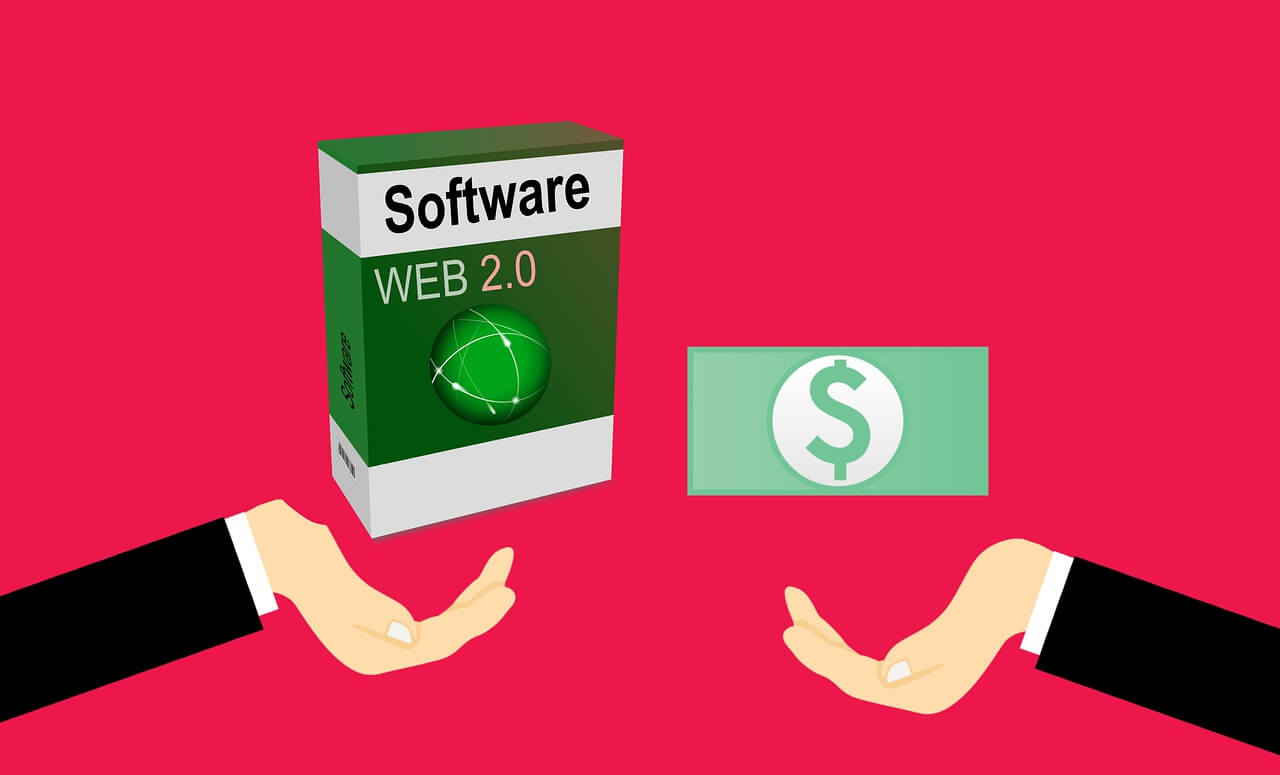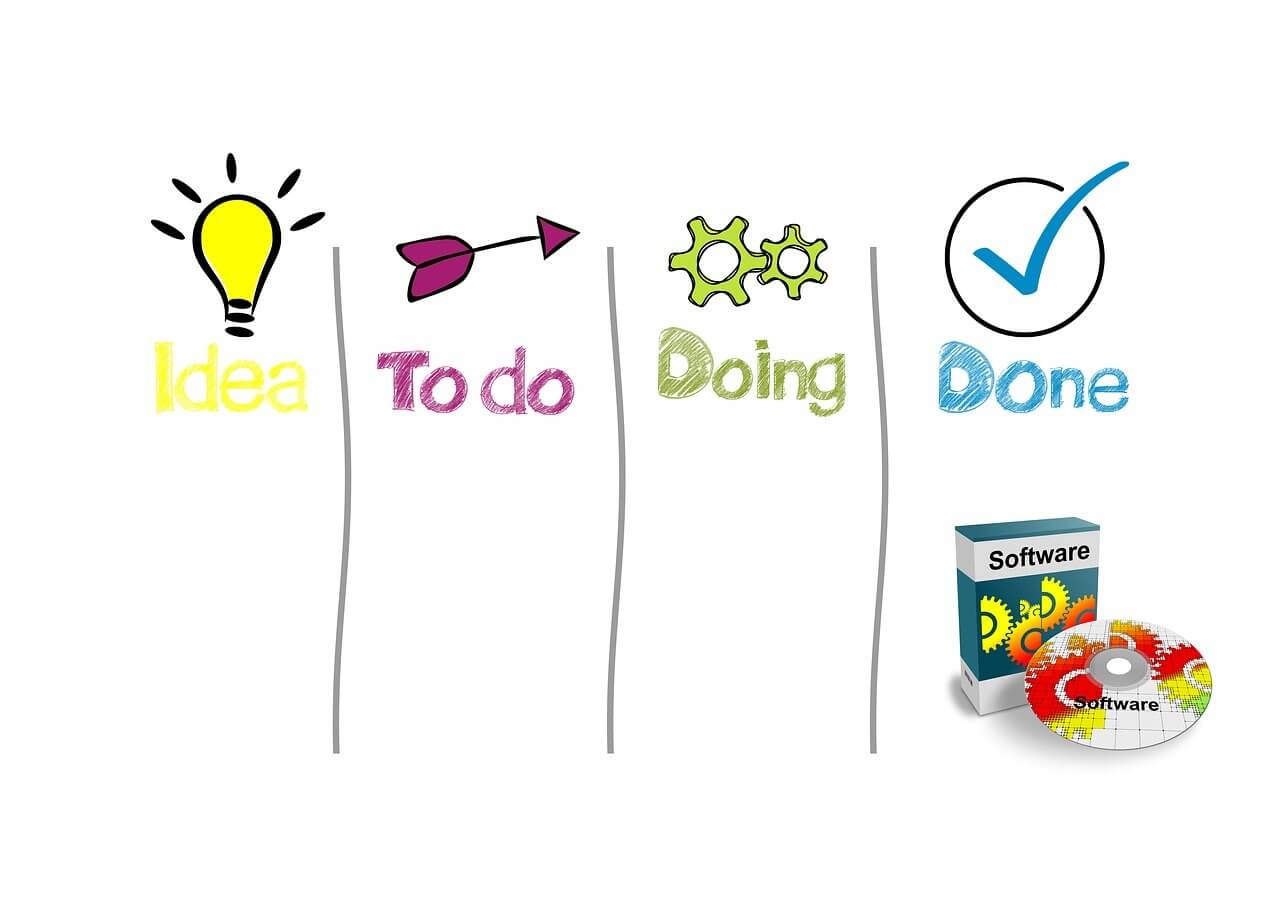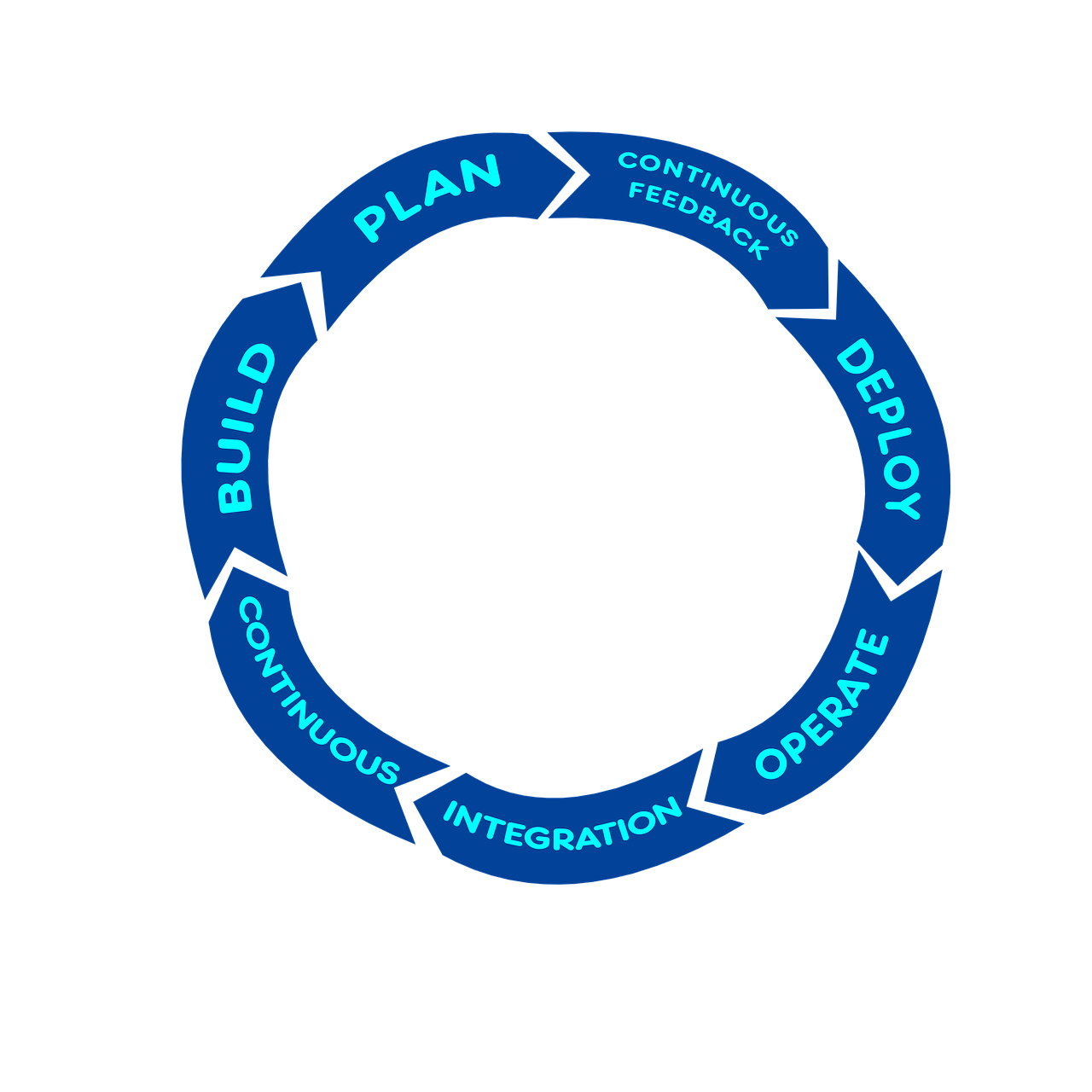Software application development is tedious; and yet without continuous integration (CI) and continuous delivery (CD), coding would be a nightmare. CI/CD is implemented to make working with code more efficient for teams across the board.
CI/CD implementation is commonly referred to in terms of “pipelines,” a nickname that compliments the problem-solving nature of the process. Pipelines enable software developers to push working code into functional, error-free production environments rather than waste hours debugging code manually.
CI/CD automates your team’s releases and updates, freeing up time, and allowing developers to move on to other tasks.
You won’t want to miss the invaluable benefits of continuously integrating code with CI/CD, so be sure to read on.
What is the history of CI/CD?
If CI/CD pipelines seem vague, it will soon become clear how they have created a new standard for software development. CI/CD is a framework of two parts for teams to deal with recent technological hurdles in the software development industry.
In many ways, pipelines have modernized the work of development teams. But to better appreciate this fact, some background history is necessary. After all, it’s hard to know why CI/CD is so awesome if one doesn’t know what to compare it to.
CI/CD represents a necessary innovation in the face of a rapidly evolving landscape where manual work was the primary method. It is credited as having emerged under a new school of thought called “agile software development,” via the Agile Manifesto.
The Manifesto was written by 14 leading industry experts who wanted to share what worked and what didn’t. Their vision essentially proposed a new way for development teams to stay agile through continuous integration and delivery.
In this way, CI/CD is a philosophy, as well as a pragmatic approach to coding software in 2020. And the rest of the world listened: pipelines are incredibly prominent in the industry today due to their genuine effectiveness.
The big picture of CI/CD is simple to understand, and yet it’s essential to quickening releases and improving software quality. User feedback, market shifts, and requirement changes are handled faster, and with more adaptable software.
One-part collaboration and one-part a set of best practices, pipelines establish a synergy within your team that is unmatched. This groundbreaking framework for development has opened new worlds of possibilities, and we can’t wait for you to learn more.
How do you create a CI/CD pipeline?
There is technically no right way to create a pipeline, but there is a general outline your team should follow.

The process can be broken down into three stages: commitment and building, automated testing, and deployment. Check out each stage below to gain a better understanding.
Commitment and Building
Whenever a developer is done making changes to their application, they commit their code to a shared repository. Committing essentially means you enter your work into the shared pool, so you can integrate it with the central base.
At that point, the new feature or software – whatever the assignment – can be built. Once it has been built from isolated code, it can then be tested in a rigorous way.
Automated Testing
Once the new software has been developed and built, it can be tested for requirements. There are plenty of testing methods and various products to run automated tests conveniently for a seamless workflow.
During this period of automated testing, it’s important that the developer tests the entire system. What’s more, is they should test in similar environments to the one used for production to make sure it works.
Deployment
During the deployment stage, a piece of software that has just been built, and goes through the final production procedures. Thanks to continuous delivery, the process is automated, making users and developers very happy.
During this phase, a developer can track changes, merge team modifications, and restore previous versions. Thanks to the automation process, scheduling improves vastly, and builds can frequently be deployed, so you can quicken the release.
Automated vs. Manual Testing
But just because automated testing is thriving today, it doesn’t mean that manual testing is extinct. No, manual testing still plays a valuable role in each step of development, though it holds up the process.
Automation accelerates the build and development stage through continuous feedback and testing. This then makes possible continuous commitments of code.
Without automation, the periods between integrations become significantly longer, which can easily derail a project. Getting the integration done quicker allows you to get it to testing faster and squash the bugs.

Whether testing for functionality, security, or performance – all of which are different test ‘suites,’ or objectives – you should automate testing. That way you can better ensure each one meets business requirements.
Ultimately, continuous integration and development streamlines an improved testing environment. With just a few manual clicks, automation can change your team’s flow instantly.
How does CI/CD catch errors?
So far, the benefits of CI/CD have been outlined from afar. Now it’s time to discuss how these pipelines squash bugs before they can crawl into your production environment.
It’s no great secret: the key is feedback. Feedback is what software developers need for bugs – but what’s more, is they need that feedback in continual loop form.
Solid continuous feedback between developers creates a highly improved and efficient collaborative system for catching errors in this pre-production stage. The pipeline’s constant flow of feedback quickens release into production whilst avoiding errors in your code; slow loops cause slow releases.
Obviously, an easy way to strengthen your feedback loop is by automating as many of your pipeline tasks as possible. Because it can take days or weeks to see if new code works when each developer works manually on code.
All this is true because of a simple trade-off scenario. The fewer tasks to manually address, the more it can be spent incorporating feedback into code.
It is recommended you coordinate with your team, or any other teams you work with, in assigning priority to tasks. All in the name of enabling continuous integration and catching errors more effectively, effortlessly.
Once one of your projects embodies continuous integration, it can be continuously delivered, and updates take less time and work. Releases can then be performed on-demand whenever new code is ready as opposed to taking a ton of mental preparation.
And if you happen to find any bugs, you can easily squash them by releasing a simple update. Thus making your pipeline a bug repellant of the most reliable sort.
How do pipelines lower costs and improve quality?
CI/CD pipelines establish a model of continuous development to lower the total costs incurred by building and testing app changes. That’s because pipelines more generally reduce test infrastructure costs by automating environments.
Take parallel testing, for example. Parallel testing reduces the number of machines needed for testing instantly.

Automated testing frees up more time, and as a result money. The adage, “time is money,” is proven correctly every day around the world, but especially so in software development.
But you won’t be sacrificing quality for quantity. At every turn, pipelines improve the development cycle process, unlocking new potential for your team and company.
Why is security important for CI/CD?
Though it may seem obvious, it’s still important to be aware that security is key to quality in code. A pipeline is an essential repository you trust for holding all your team’s digital assets, lines of code, and more.
Insecure code can sabotage the entire integrity of your CI/CD pipeline – that is, unless your team secures proper security measures. Thankfully, it’s easy to make that change.
Start marrying security procedures with the code you develop. First, determine which personnel within your team or organization gets permission for access to the pipeline and specific data.
Big companies can use multiple networks to safeguard entry points for code usage and eliminate the risk of pipeline “backdoors.” But no matter your company size, you can coordinate with your security personnel to evaluate the options and make changes.
How can test-driven development (TDD) improve my CI/CD pipeline?
Another important factor in a functional and successful pipeline is test-driven development or TDD. Representing a staple in the staging and testing phases, TDD will drastically improve your team’s rate of error-free production.
TDD is the essential yardstick for your team to determine which code is ready for production and which needs to be refined. It’s an automated method of testing, as opposed to a manual one, and it saves a ton of time.

That’s because you need to know how much risk for error exists for each of your production entries. Without that data, quickening your releases would be futile. But because TDD makes this easy by drawing attention to quality code during the testing phase, the show goes on.
With the help of TDD, you won’t have to do constant patchwork for bugs, saving countless hours in the end. Let this demonstrate the vital importance of taking the time to hone and understand the tools you use for testing.
Knowing how to use tools like TDD to your benefit is the difference between a quick release and a standstill. Work smarter, not harder.
Why are pipeline repositories important?
It used to take an army of software developers to develop great code. Now it just takes a solid team.
Repositories are key to pipelines for a simple reason: they enable more effective conditions for teamwork between your team’s developers. Because when you collaborate with your colleagues via available repositories, you can get a more holistic perspective on that code.
The less collaboration on a given team, the more likely you risk pushing through buggy code at any given stage. That’s why experts say you should take advantage of version control in your pipeline.
Version control allows you to improve your code while your colleagues do the same with theirs. This simultaneous productivity represents a crucial method of streamlining your pipeline.
Your repository saves your work while allowing you to dictate which personnel can access, change, and deploy code. Then, if you notice a coding issue, you can resolve it without hindering anyone’s progress – improving workplace production.
Remember you can merge code changes here in the repository many times daily for continual improvement, appreciated by all teammates. Through this process of continuous development, your team can release new builds of code to users much quicker.
Whereas CI significantly reduces error during development, CD ensures your final update is more condensed for the user. Condensed updates are great because they can be delivered more frequently, as new features get into production faster.
The faster the updates see production, the faster the user receives it. And that’s always good for business.
Why are “cloud” environments important for CI/CD pipelines?
Your team’s pipeline could greatly benefit from the addition of a cloud environment. That’s because clouds can handle many of the moving parts of your organization’s operations.
In other words, clouds let you walk and chew gum at the same time. They let you, for example, stage automation tests while pushing code into production on the same platform.
By consolidating different facets of development onto a cloud, you improve reliability. And reliability benefits every aspect of a development cycle.
In contrast, physical networks require too many resources and too much time for conducting tests in such an agile manner. Whether you consider testing or speed, your team and your pipeline will thank you for switching to a cloud server.
Continuously integrate code with CI/CD!

At the end of the day, CI/CD pipelines represent a radical break away from inefficient coding processes in today’s market. And now you know why: they help you catch errors immediately, automate your testing, and maintain seamless workflow.
But the point is you must take the initiative. And if your team is new to continuous integration and development, they mustn’t be afraid of the unknown.
So make the most out of your development, and your newly developed or improved CI/CD pipeline. Stay dedicated to learning more about this process and the world of development and quick releases will be all yours.


